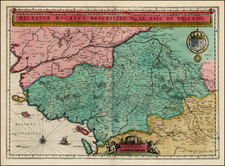Fine early map of Paris published at the beginning of the 20th Century.
The metro lines and train stations are prominently depicted, at about the time that the Nord-Sud Metro line was approved in 1910.
The North South proposed lines are shown,
The Paris Metro System
On April 20, 1896, Paris adopted the Fulgence Bienvenüe project, which was to serve only the city proper of Paris. Many Parisians worried that extending lines to industrial suburbs would reduce the safety of the city. Paris forbade lines to the inner suburbs and, as a guarantee, Métro trains were to run on the right, as opposed to existing suburban lines, which ran on the left.
Unlike many other subway systems, this system was designed from the outset as a system of (initially) nine lines. Such a large project required a private-public arrangement right from the outset - the city would build most of the permanent way, while a private concessionaire company would supply the trains and power stations, and lease the system. In July 1897, six bidders competed, and The Compagnie Generale de Traction, owned by the Belgian Baron Édouard Empain, won the contract; this company was then immediately reorganized as the Compagnie de Chemin de Fer Metropolitan.
Construction began on November 1898. The first line, Porte Maillot-Porte de Vincennes, was inaugurated on July 19, 1900, during the Paris World's Fair. Entrances to stations were designed in art nouveau style, by Hector Guimard.
Bienvenüe's project consisted of 10 lines, which correspond to today's lines 1 to 9. Construction was so intense that by 1920, despite a few changes from schedule, most lines had been completed. Bienvenüe, a highly regarded engineer, designed a special procedure of building the tunnels to allow the swift repaving of roads, and is credited with a largely swift and relatively uneventful construction.
Bienvenüe also planned a circular line, the ligne circulaire intérieure, to connect the six main-line stations. A section opened in 1923 between Invalides and the Boulevard Saint-Germain, before the plan was abandoned.
On January 31, 1904, a second concession was granted to the Société du chemin de fer électrique souterrain Nord-Sud de Paris, abbreviated to the Nord-Sud (North-South) company. It was responsible for building three proposed lines:
- line A would join Montmartre to Montparnasse as an additional north-south line to the west of line 4
- line B would serve the north-west of Paris by connecting Saint-Lazare station to Porte de Clichy and Porte de Saint-Ouen
- line C would serve the south-west by connecting Montparnasse station to Porte de Vanves. The aim was to connect B with C, but CMP bought before: B renamed 13, C 14. Both were connected by RATP as current line 13.
Line A was inaugurated on November 4,1910, after being postponed because of floods in January of that year. Line B was inaugurated on February 26, 1911. Because of the high construction costs, the construction of line C was postponed. Nord-Sud and CMP used compatible trains that could be used on both networks, but CMP trains used 600 volts third rail, and NS −600 volts overhead wire and +600 volts third rail. This was necessary because of steep gradients on NS lines. NS distinguished itself from its competitor with the high-quality decoration of its stations, the trains' extreme comfort and pretty lighting.









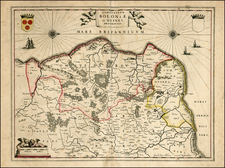
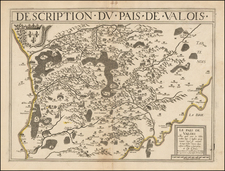
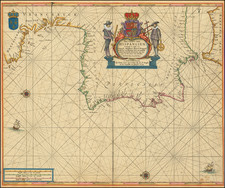
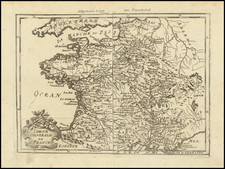
![[Grand View of Paris] Lutetiae, vulgo, Paris, Urbis Galliarum Primariæ, Non Europæ Solius, Sed Orbis Totius Celeberrimæ Prospectus](https://storage.googleapis.com/raremaps/img/small/77258.jpg)
